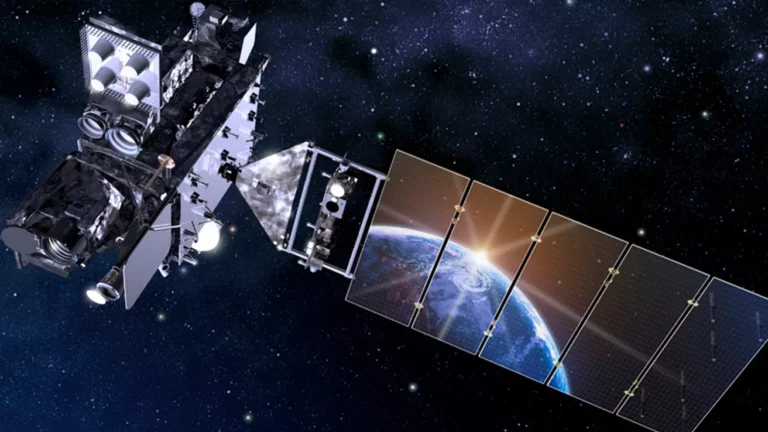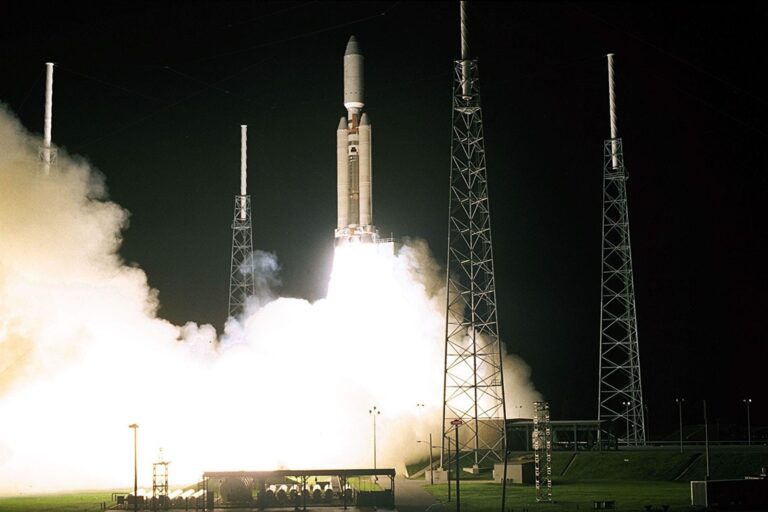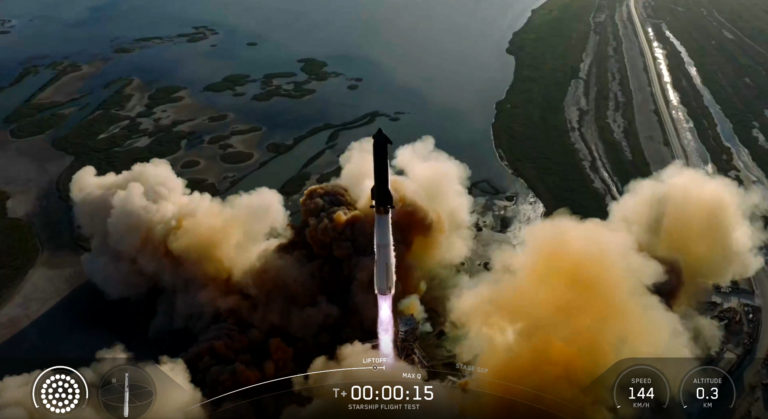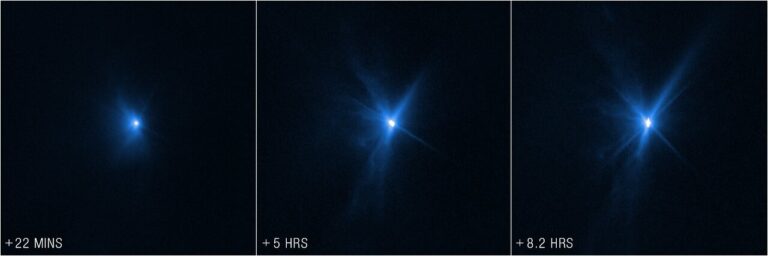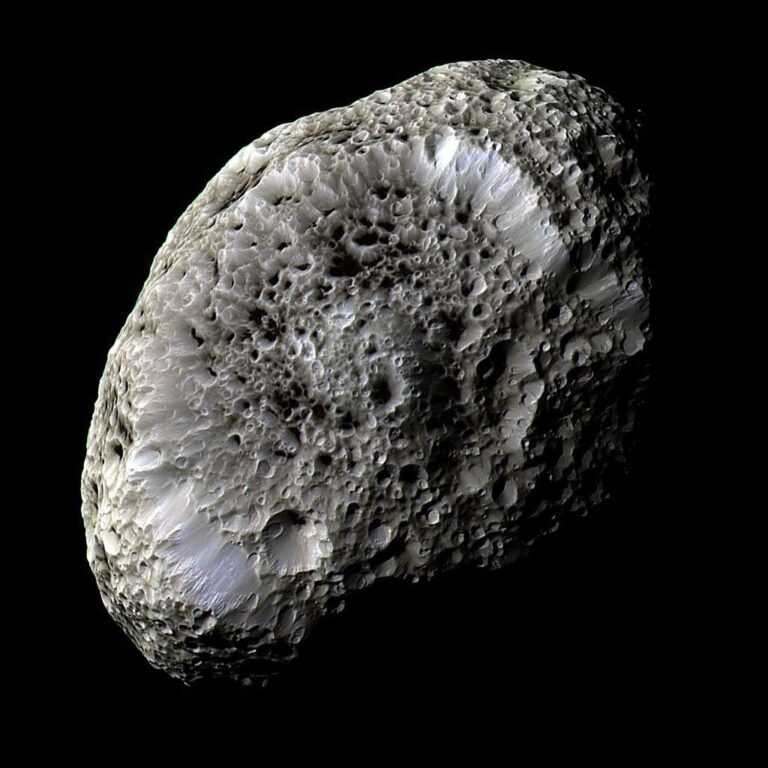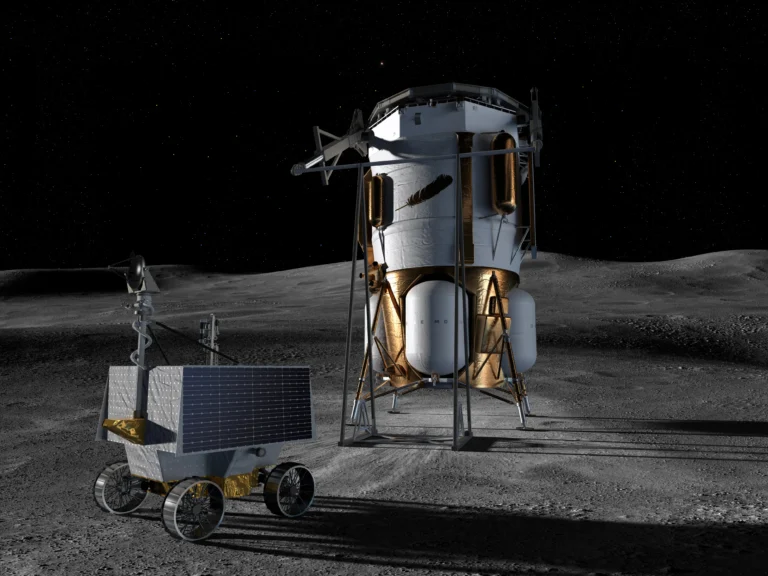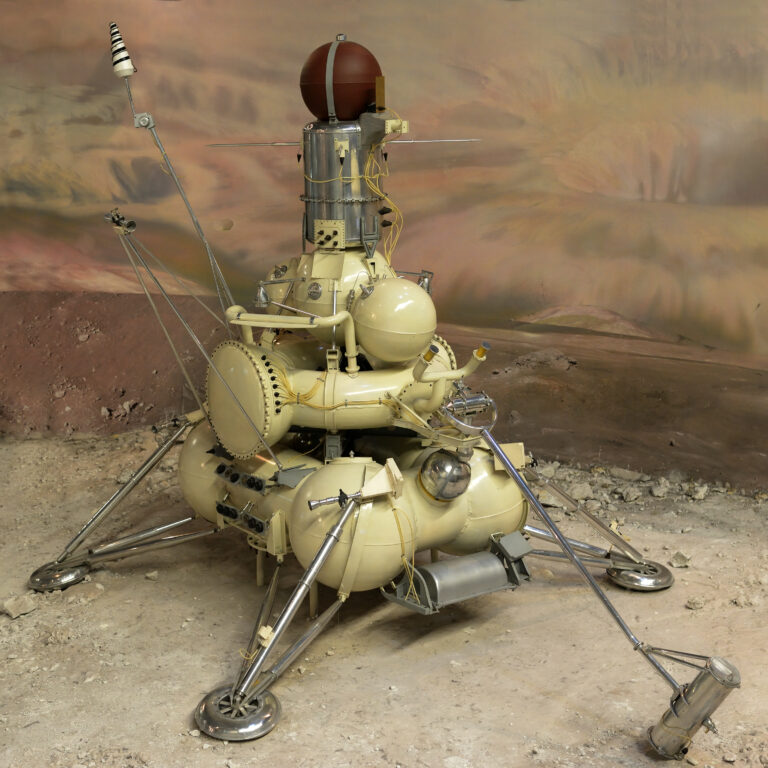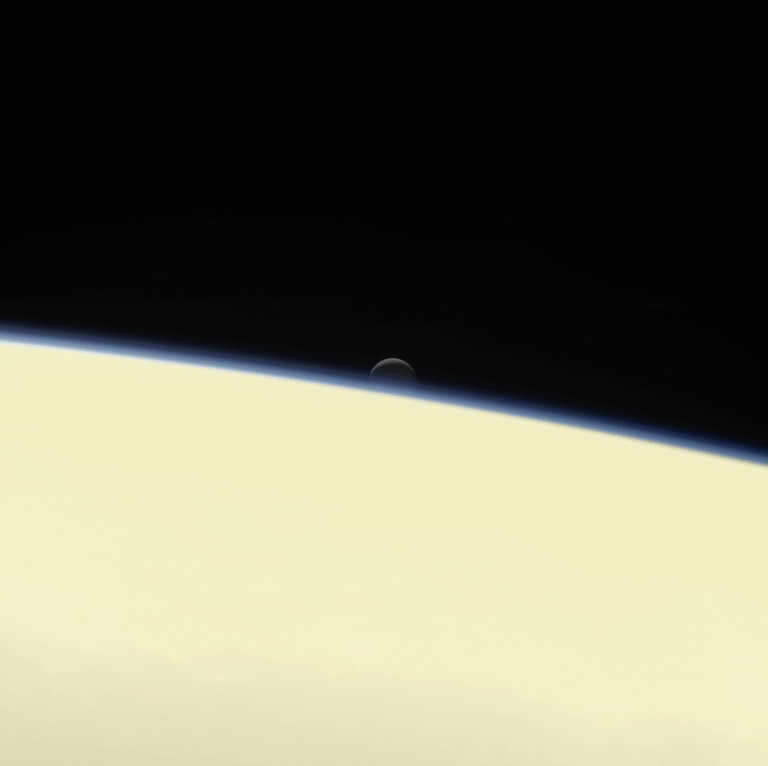Key Takeaways:
These expansive halos are important components of a galaxy. The halo of our galaxy, the Milky Way, preserves signatures of both its formation and evolution. Yet we know very little about the halos of galaxies beyond our own because their faint and spread-out nature makes exploring them more difficult. Astronomers have so far managed to detect very few starry halos around other galaxies.
Now, by using the unique space-based location of the NASA/ESA Hubble Space Telescope and its sensitive Advanced Camera for Surveys and Wide Field Camera 3, a team of astronomers has probed the halo surrounding the prominent giant elliptical galaxy Centaurus A (NGC 5128) to unprecedented distances. They have found that its halo spreads far further into space than expected and does so in an unexpected form.
“Tracing this much of a galaxy’s halo gives us surprising insights into a galaxy’s formation, evolution, and composition,” said Marina Rejkuba of the European Southern Observatory in Garching, Germany. “We found more stars scattered in one direction than the other, giving the halo a lopsided shape, which we hadn’t expected!”
Along the galaxy’s length, the astronomers probed out 25 times farther than the galaxy’s radius — mapping a region some 450,000 light-years across. For the width, they explored along 295,000 light-years, 16 times farther than its “effective radius.” These are large distances if you consider that the main visible component of the Milky Way is around 120,000 light-years in diameter. In fact, the diameter of the halo probed by this team extends across 4° in the sky — equivalent to eight times the apparent width of the Moon.
Alongside their unexpected uneven distribution, the stars within the halo also showed surprising properties relating to the proportion of elements heavier than hydrogen and helium found in the gas that makes up the stars. While the stars within the halos of the Milky Way and other nearby spirals are generally low in heavy elements, the stars within Centaurus A’s halo appear to be rich in heavy elements, even at the outermost locations explored.
“Even at these extreme distances, we still haven’t reached the edge of Centaurus A’s halo, nor have we detected the very oldest generation of stars,” said Laura Greggio of the National Institute for Astrophysics in Italy. “This aged generation is very important. The larger stars from it are responsible for manufacturing the heavy elements now found in the bulk of the galaxy’s stars. And even though the large stars are long dead, the smaller stars of the generation still live on and could tell us a great deal.”
The small quantity of heavy elements in the stellar halos of large spiral galaxies like the Milky Way is thought to originate from the way that the galaxies formed and evolved, slowly pulling in numerous small satellite galaxies and taking on their stars. For Centaurus A, the presence of stars rich in heavy elements in such remote locations suggests a single past merger with a large spiral galaxy. This event would have ejected stars from the spiral galaxy’s disk, and these are now seen as part of Centaurus A’s outer halo.
“Measuring the amount of heavy elements in individual stars in a giant elliptical galaxy such as Centaurus A is uniquely the province of Hubble — we couldn’t do it with any other telescope, and certainly not yet from the ground,” said Rejkuba. “These kinds of observations are fundamentally important to understanding the galaxies in the universe around us.”


